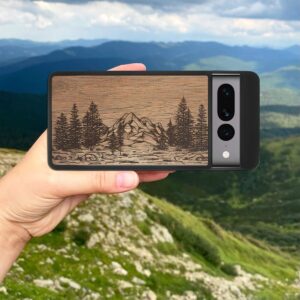
Business fashion trends have evolved significantly over the years, reflecting changes in societal norms, cultural shifts, and advancements in the corporate world. From the formal attire of the 1950s to the more casual and inclusive styles of the modern workplace, the journey of business fashion tells a compelling story of adaptation and transformation.
1950s-1960s: The era of formality and structure
In the post-war era, business attire was characterized by formality and conservatism. Men predominantly wore suits, often in dark colors like navy or charcoal, accompanied by crisp white shirts and ties. Women followed a similar dress code, with tailored suits or dresses, emphasizing professionalism and conformity. The prevalent belief was that a well-dressed individual exuded authority and competence in the workplace.
1970s-1980s: Breaking the mold with power dressing
The 1970s and 1980s witnessed a departure from the strict formalities of previous decades, marked by the emergence of “power dressing.” This era saw the rise of bold colors, oversized shoulder pads, and assertive styles, particularly for women in the corporate world. The power suit became synonymous with success, symbolizing confidence and ambition. Additionally, accessories like briefcases and statement jewelry became prominent symbols of status and authority.
1990s-2000s: Casualization and business casual
As the corporate culture began to shift towards a more relaxed environment, the concept of “business casual” gained popularity in the 1990s and early 2000s. This period witnessed a blending of formal and informal elements, allowing for greater individual expression and comfort in the workplace. Dress codes became more lenient, with options such as khakis, a cardholder like the Secrid womens card holder, polo shirts, and even denim being deemed acceptable in certain industries. This transition reflected a desire for a more approachable and inclusive corporate culture.
2010s-Present: Embracing diversity and personal style
In recent years, there has been a significant emphasis on diversity, inclusivity, and authenticity in business fashion. Companies have embraced the idea of allowing employees to express their personal style while maintaining professionalism. Dress codes have become more fluid, with many organizations adopting a “dress for your day” approach, where attire is determined by the nature of one’s tasks and schedule. This shift reflects a broader societal trend towards valuing individuality and authenticity in the workplace.
Future trends: Sustainability and technological integration
Looking ahead, the future of business fashion is likely to be shaped by two key factors: sustainability and technological integration. With growing awareness of environmental issues, there is a growing demand for ethically sourced and eco-friendly clothing options in the corporate world. Additionally, advancements in wearable technology may lead to innovative designs that blend style with functionality, catering to the needs of the modern workforce.
The evolution of business fashion trends over the decades reflects not only changes in clothing styles but also broader shifts in societal attitudes and cultural norms. From the rigid formality of the 1950s to the relaxed inclusivity of the present day, business attire has evolved to reflect the values and priorities of each era. As we look to the future, the role of fashion in the corporate world is likely to continue evolving, driven by a desire for sustainability, inclusivity, and technological innovation.






